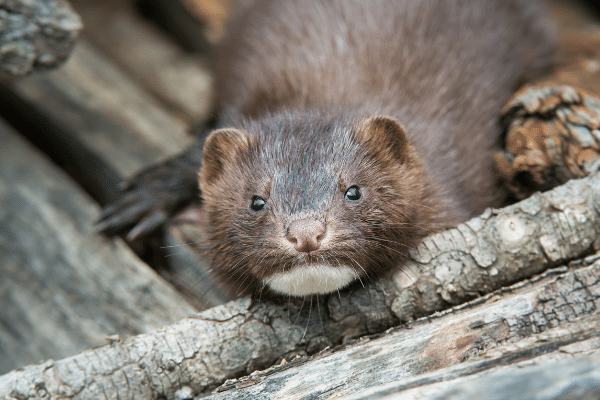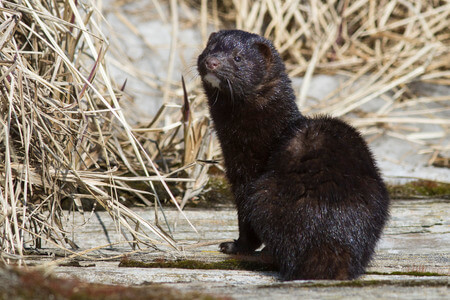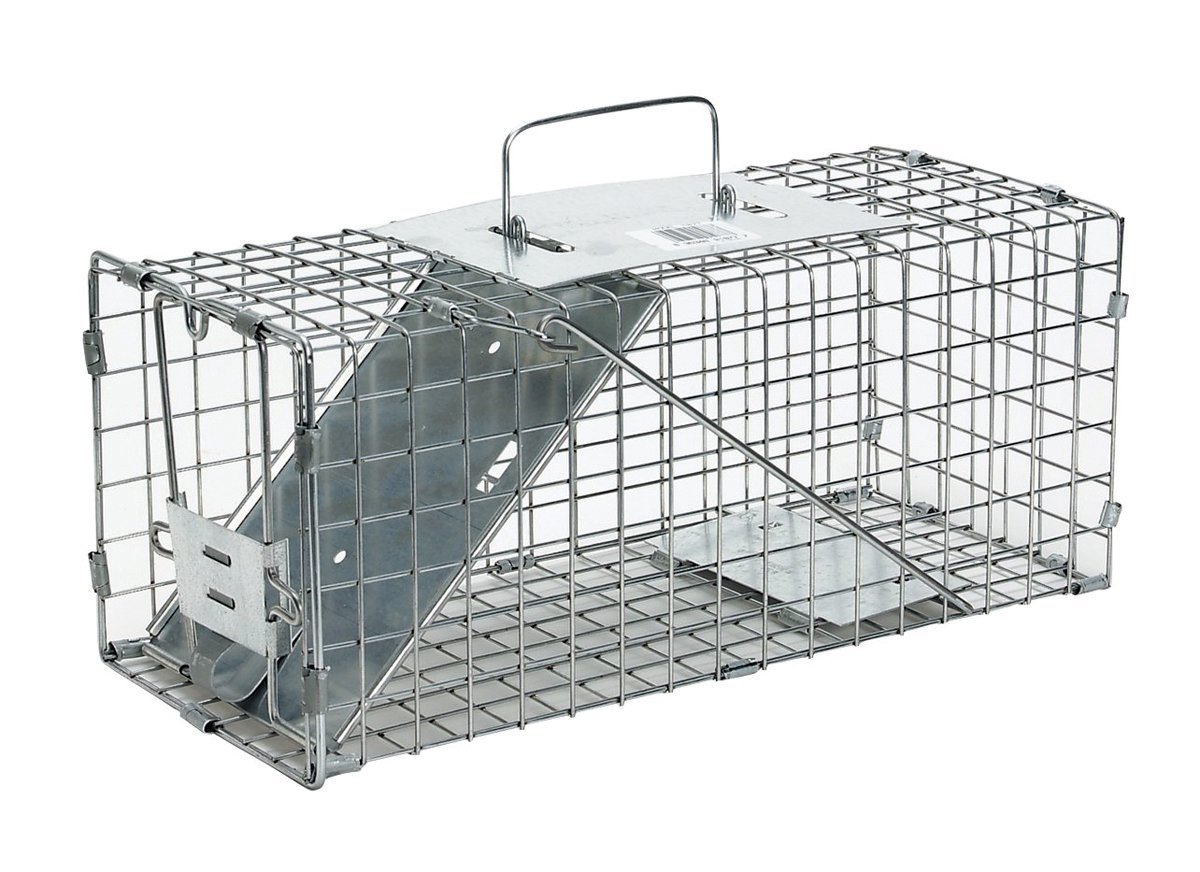- Home
- Trapping Mink
- Humane Mink Traps
Humane Mink Traps
This post may contain affiliate links so I earn a commission.
Using humane mink traps around your chicken coop, rabbit cages or other poultry allows a non lethal way to remove a nuisance mink from your property.
Mink are a common problem for small hobby farms who are raising chickens or rabbits because a single mink can wipe out an entire chicken coop in just a night or two.
Although they may look small, cute and harmless, mink are carnivores that love to target live animals and a backyard chicken coop makes the perfect food source for a hungry mink.
Mink can cause a lot of damage because they don't just kill a single chicken inside the coop.

Once inside they basically go on a killing frenzy, killing nearly every chicken inside the coop only to eat a small portion of their prey.
Finding multiple dead chickens inside your coop that are somewhat lined up with one or two chickens missing their heads is a telltale sign of a mink.
If you're loosing chickens to a mink, trapping them is one of the only ways to protect the remaining chickens, or rabbits inside the coop or rabbit cages.
If you're not comfortable using a kill trap such as a conibear or body grip trap, a live trap is your best option.
Since many states have laws that prevent relocating a live mink to another location, once you successfully live trap a mink you'll have to consider dispatching the mink on your own.
Humane Mink Traps - Using A Live Trap
If you're trapping mink for their fur, I don't recommend using live trap.
There are many other traps and sets to use on the trapline that work better for mink in these situations.
However, if you're looking to use humane mink traps around your home or farm and you're not comfortable using a foothold or body grip trap, a live trap is your best option.
Live traps work great because they're easy to set and if you accidentally catch a non targeted animal like a cat, you can simply release the animal without causing it any harm.

Before you set the trap, look for the area where the mink has been entering your chicken coop and seal it off to prevent further loss.
Mink are small, slender animals that love to squirm into small holes and tunnels as they search for food.
Look for small tunnels in the grass around your coop or a hole in your fence that the mink is using to gain access and repair the damaged entry point.
This can be very difficult since it doesn't take a very big hole to allow a mink to enter the coop.
Once your have your chicken coop secured, the next step is to set the live trap.
Havahart makes a great single door live trap that works perfect for trapping mink and other small animals such as squirrels, rabbits or skunks.
If you're looking for a good quality humane mink trap, I recommend the Havahart 1077 live trap.

I like the single door traps better than the double doors because they just seem to perform better.
They have less moving parts and it's easier to place the bait inside without a mink stealing the bait.
To set the trap, find an area where you see the small tunnels in the grass or near the area where the mink was entering your chicken coop.
Once you find a good spot, firmly position the trap on the ground.
You don't want the trap to rock back an forth when the mink enters it or it could become spooked.
You can cross stake it if needed to help sturdy the trap.
Bait the trap with canned mackerel (non flavored), canned sardines (non flavored), fresh fish, rabbit meat or chicken meat.

Mink like fresh meat, so if you're not successful in a few days you'll need to change out the bait to keep it fresh.
Once the trap is baited, you can use some grass or sticks to help cover the trap.
Although this step is not necessary, it does add to the minks desire to investigate holes and tunnels, and it prevents birds from trying to access your bait.
I think the grass over the live trap also helps keep the sun off the bait allowing it to stay fresher for a longer period of time.
After you have bait inside the trap, simply set the trigger and you're done.
Humane Mink Traps - Overall
Using humane mink traps to catch a mink can be a great way for the average homeowner or hobby farmer to catch a nuisance mink that's been causing unwanted damage to your livestock.
The live trap offers a great way to catch the mink while still giving you the option to release an unwanted animal (such as a cat) if necessary.
Remember to use caution and thick leather gloves when handling a live trap that contains a trapped mink.
Mink can become aggressive when trapped so you'll want to make sure you keep your hands and fingers clear of the cage when moving a trapped mink.



